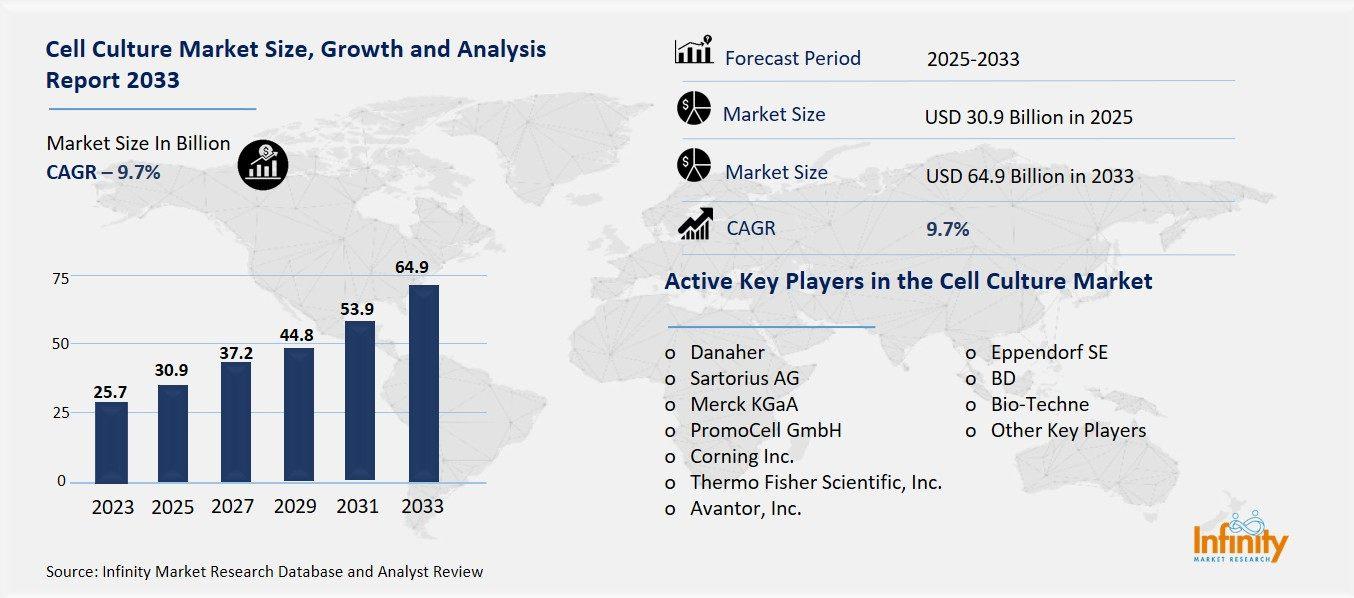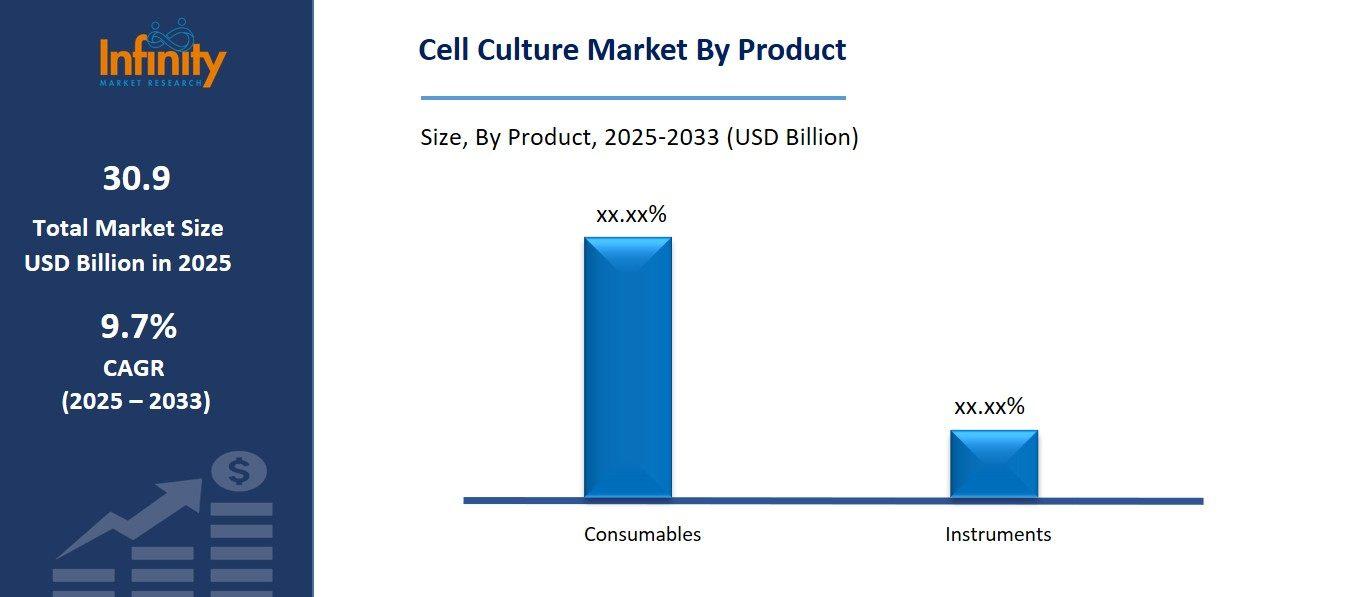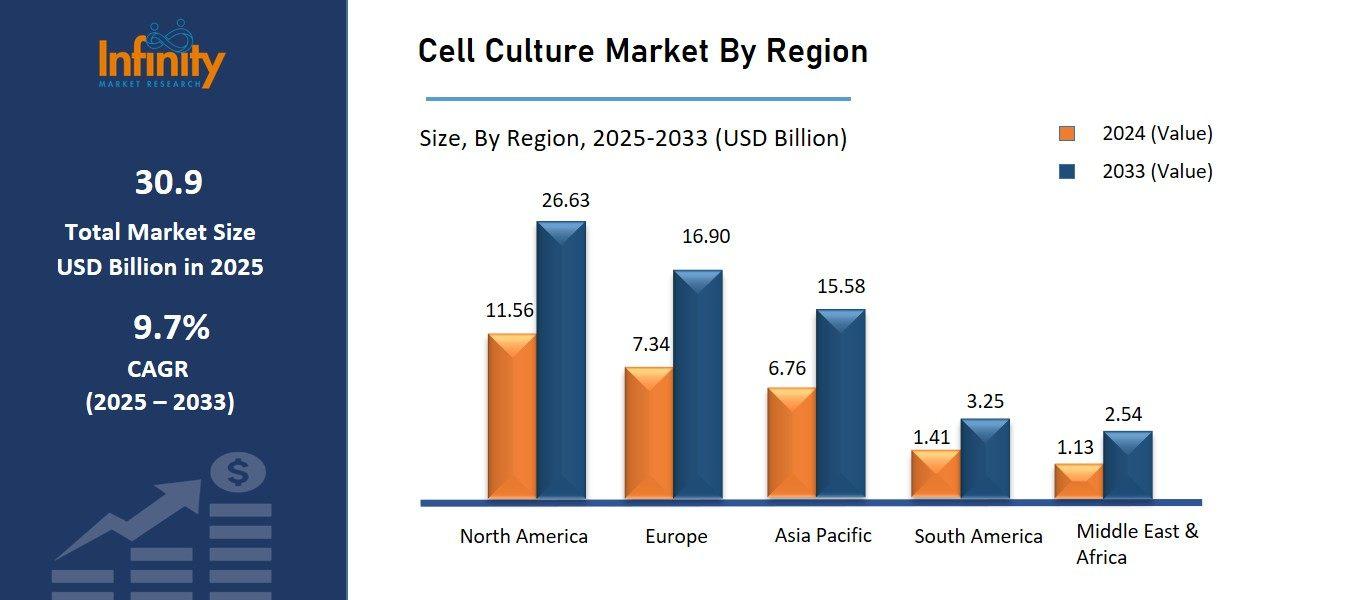
🔐 Secure Payment Guaranteed
Safe checkout with trusted global payment methods.
🌟 Why Choose Infinity Market Research?
At Infinity Market Research, we dont just deliver data — we deliver clarity, confidence, and competitive edge.
In a world driven by insights, we help businesses unlock the infinite potential of informed decisions.
Here why global brands, startups, and decision-makers choose us:
Industry-Centric Expertise
With deep domain knowledge across sectors — from healthcare and technology to manufacturing and consumer goods — our team delivers insights that matter.
Custom Research, Not Cookie-Cutter Reports
Every business is unique, and so are its challenges. Thats why we tailor our research to your specific goals, offering solutions that are actionable, relevant, and reliable.
Data You Can Trust
Our research methodology is rigorous, transparent, and validated at every step. We believe in delivering not just numbers, but numbers that drive real impact.
Client-Centric Approach
Your success is our priority. From first contact to final delivery, our team is responsive, collaborative, and committed to your goals — because you re more than a client; you re a partner.
Recent Reports
Global Myopia Control Lenses Market Report 2025-33
Hyaluronic Acid-based Dermal Fillers Market Report
Cell Culture Market
Global Cell Culture Market Global Industry Analysis and Forecast (2025-2033) by Product (Consumables and Instruments), Application (Biopharmaceutical Production, Diagnostics, Drug Development, Tissue Culture & Engineering, Toxicity Testing, Cell & Gene Therapy, and Other Applications), and Region
Aug 2025
Healthcare
Pages: 138
ID: IMR2166
Cell Culture Market Synopsis
The Global Cell Culture Market was valued at USD 28.2 billion in 2024 and is expected to grow from USD 30.9 billion in 2025 to USD 64.9 billion by 2033, reflecting a CAGR of 9.7% over the forecast period.
Cell culture market is in a regular growth state due to its wider domestications in biotechnology, drug research, and also in academic institutes. In drug discovery activities, cell culture has been essential to the study of cancer and in the production of vaccines, as well as to regenerative medicine. The growth in the demand of monoclonal antibodies and biosimilar, sophisticated 3D cell culture, and bioprocessing technology are also leading to the growth of the market. Furthermore, the increasing expenditures in cell-based research and the increasing number of chronic diseases keep promoting the creation of innovative cell cultures methods.

Key Takeaways of the Cell Culture Market
o On the basis of Product, the consumables segment is expected to lead the Cell Culture Market with the revenue share of 57.2% throughout the forecast period.
o The Biopharmaceutical Production, by application, is projected to be the most significant shareholder of 32.9% of the Cell Culture Market through the projection period.
o North America is expected to dominate the market over the forecast period with the revenue share of 38.1%.
Cell Culture Market Driver Analysis
Growing Demand for Biologics and Vaccines
The cell culture market is experiencing a noteworthy growth with increasing use of monoclonal antibodies and cell based therapies along with the utilization of recombinant proteins. The high specificity and efficacy of the monoclonal antibodies makes them used widely in treating numerous diseases, such as cancer, and other autoimmune and infectious diseases. They are produced largely by cell culture methods and particularly mammalian cell lines e.g. CHO (Chinese Hamster Ovary) cells. On the same note, there is increased momentum with the cell-based therapies such as stem cell and CAR-T therapies serving as new forms of treatment to some ill conditions that proved to be challenging to regulate previously.
Cell Culture Market Restraint Analysis
Contamination and Quality Control Challenges
Maximizing sterility levels and averting cross-contamination is still a major setback in the clones’ marketplace. Bacteria, fungi, and mycoplasma are often associated with microbial contamination and cultures will show a high level of sensitivity in terms of inhibiting the experimental outcome and in compromising product quality and resulting in costly delays or batches failures in bio manufacturing. Even simple slip-ups when it comes to using aseptic techniques or sterilizing equipment may cause contaminants that are hard to pinpoint and eliminate. Furthermore, contamination of the various cell lines can cause mistaking of dataset, miss-identification, and cannot reproduce results obtained during research.
Cell Culture Market Opportunity Analysis
Growth in Contract Research and Manufacturing Services (CROs & CMOs)
Cell culture market is growing because of the process being outsourced by pharmaceutical and biotech companies. With the complexity and resources required to develop biologics, vaccines and cell-based therapies on the rise, numerous companies are finding their way to contract research organizations (CROs) and contract manufacturing organizations (CMOs) to oversee different phases of the research, development and manufacturing process. The third-party service providers provide specific competencies, flexible resources, and high-level infrastructure that enable companies to achieve level of costs of operation as well as time to market and specialize in core competencies.
Cell Culture Market Trend Analysis
Shift Toward Serum-Free and Chemically Defined Media
The trend toward serum-free and chemically defined media in cell culture is highly valuable to decrease variability, enhance reproducibility and support regulatory compliance. Serum as used in traditional media can be of animal origin inducing lot-to-lot variability as well as an unknown biological variable. Such variation may influence cell growth, behavior, and results of experiments, and hence results may be difficult to repeat in other labs or production runs. On the contrary, chemically defined and serum-free media have a controlled, consistent formulation and therefore result in more reliable and yet standard results.
Cell Culture Market Segment Analysis
The Cell Culture Market is segmented on the basis of Product, Application, and End-User.
By Product
o Consumables
o Reagents
§ Albumin
§ Others
o Sera
§ Fetal Bovine Serum
§ Others
o Media
§ Serum-free Media
· CHO Media
· HEK 293 Media
· BHK Medium
· Vero Medium
· Other Serum-free Media
o Stem Cell Culture Media
o Classical Media
o Specialty Media
o Chemically Defined Media
o Other Cell Culture Media
o Instruments
o Culture Systems
o Cryostorage Equipment
o Centrifuges
o Biosafety Equipment
o Pipetting Instruments
By Application
o Biopharmaceutical Production
o Vaccines Production
o Monoclonal Antibodies
o Other Therapeutic Proteins
o Diagnostics
o Drug Development
o Tissue Culture & Engineering
o Toxicity Testing
o Cell & Gene Therapy
o Other Applications
By Region
o North America (U.S., Canada, Mexico)
o Eastern Europe (Bulgaria, The Czech Republic, Hungary, Poland, Romania, Rest of Eastern Europe)
o Western Europe (Germany, UK, France, Netherlands, Italy, Russia, Spain, Rest of Western Europe)
o Asia Pacific (China, India, Japan, South Korea, Malaysia, Thailand, Vietnam, The Philippines, Australia, New-Zealand, Rest of APAC)
o Middle East & Africa (Turkey, Bahrain, Kuwait, Saudi Arabia, Qatar, UAE, Israel, South Africa)
o South America (Brazil, Argentina, Rest of SA)
By Product, Consumables Segment is Expected to Dominate the Market During the Forecast Period
Consumables segment is expected to dominate cell culture market in the forecast period owing to the frequent requirement of key supplies in research and manufacturing processes. Cell culture media, reagents, sera and supplements are consumables that are needed all the time to maintain cells and grow them in a dish. As the demand of biopharmaceuticals, monoclonal antibodies and cell-based therapy surge, the usage of the said products are growing speedily in academic laboratories, clinical laboratories, and commercial laboratories. Moreover, the innovation is being spearheaded by improvements in media formulation; serum-free and chemically defined media, in this segment. With the frequency of use and increasing usages into diagnostics, manufacturing of vaccines, and in drug development, it is likely that the consumables segment will be ranked top in terms of market revenue generation during the forecast period.

By Application, the Biopharmaceutical Production Segment is Expected to Held the Largest Share
The section of biopharmaceutical production output is predicted to have the most significant market of the cell culture in the forecasting period because of the increased demand of biologics, including monoclonal antibodies, recombinant proteins, and vaccine. A significant aspect in the production of these biologics is the role of cell culture especially the use of mammalian cell lines such as CHO cells that guarantee a high yield of the product and product consistency. This is driven further by the increasing incidences of chronic-condition patients, improvements in personalized medicine and the rising approvals of biologic medicines. Besides, biopharmaceutical companies are purchasing cell culture technologies with high capacity and efficiency to support global demand numbers and ensure that regulations are followed. Consequently, the biopharmaceutical manufacture sector remains as the key revenue and technological motor of the total cell culture industry.
Cell Culture Market Regional Insights
North America is Expected to Dominate the Market Over the Forecast period
North America is expected to lead the worldwide cell culture industry in the forecasted period mainly as a result of powerful presence of high Biopharmaceutical companies, developed healthcare infrastructure and established research organisations. Investments into biotechnology and life sciences are also high in the region and the uptake of newer technologies including 3D cell culturing, automated technology and serum free media, is an exemplary environment. Moreover, the positive government expenditure on research and development as well as the presence of strong regulatory framework favoring biologics and cell-based treatments augments further expansion in the market. The increasing rates of chronic conditions and emphasis on personalized medicine and regenerative medicine are moving forward, and this factor promotes the demand of high quality cell culture products in the region.

Recent Development
In May 2025, BD Biosciences introduced the BD FACSDiscover A8 Cell Analyzer, a spectral cell analysis system equipped with real-time imaging capabilities. This advanced platform combines BD CellView™ Image Technology with BD SpectralFX™ Technology, allowing researchers to capture high-resolution images and conduct spectral flow cytometry simultaneously for enhanced cellular analysis.
In September 2024, Merck KGaA introduced the industry’s first single-use reactor specifically engineered for the production of antibody-drug conjugates (ADCs).This innovative solution is designed to enhance efficiency, safety, and flexibility in ADC manufacturing processes.
Active Key Players in the Cell Culture Market
o Danaher
o Corning Inc.
o Thermo Fisher Scientific, Inc.
o Avantor, Inc.
o Eppendorf SE
o BD
o Bio-Techne
o Other Key Players
Global Cell Culture Market Scope
|
Global Cell Culture Market | |||
|
Base Year: |
2025 |
Forecast Period: |
2025-2033 |
|
Historical Data: |
2017 to 2024 |
Market Size in 2024: |
USD 28.2 Billion |
|
Market Size in 2025: |
USD 30.9 Billion | ||
|
Forecast Period 2025-33 CAGR: |
9.7% |
Market Size in 2033: |
USD 64.9 Billion |
|
Segments Covered: |
By Product |
· Consumables o Reagents § Albumin § Others o Sera § Fetal Bovine Serum § Others o Media § Serum-free Media · CHO Media · HEK 293 Media · BHK Medium · Vero Medium · Other Serum-free Media o Stem Cell Culture Media o Classical Media o Specialty Media o Chemically Defined Media o Other Cell Culture Media · Instruments o Incubators o Culture Systems o Cryostorage Equipment o Centrifuges o Biosafety Equipment o Pipetting Instruments | |
|
By Application |
· Biopharmaceutical Production o Vaccines Production o Monoclonal Antibodies o Other Therapeutic Proteins · Diagnostics · Drug Development · Tissue Culture & Engineering · Toxicity Testing · Cell & Gene Therapy · Other Applications | ||
|
By Region |
· North America (U.S., Canada, Mexico) · Eastern Europe (Bulgaria, The Czech Republic, Hungary, Poland, Romania, Rest of Eastern Europe) · Western Europe (Germany, UK, France, Netherlands, Italy, Russia, Spain, Rest of Western Europe) · Asia Pacific (China, India, Japan, South Korea, Malaysia, Thailand, Vietnam, The Philippines, Australia, New-Zealand, Rest of APAC) · Middle East & Africa (Turkey, Bahrain, Kuwait, Saudi Arabia, Qatar, UAE, Israel, South Africa) · South America (Brazil, Argentina, Rest of SA) | ||
|
Key Market Drivers: |
· Growing Demand for Biologics and Vaccines
| ||
|
Key Market Restraints: |
· Contamination and Quality Control Challenges
| ||
|
Key Opportunities: |
· Growth in Contract Research and Manufacturing Services (CROs & CMOs) | ||
|
Companies Covered in the report: |
· Danaher, Sartorius AG, Merck KGaA, PromoCell GmbH, and Other Key Players. | ||
📘 Frequently Asked Questions
1. What would be the forecast period in the Cell Culture Market Research report?
Answer: The forecast period in the Cell Culture Market Research report is 2025-2033.
2. Who are the key players in the Cell Culture Market?
Answer: Danaher, Sartorius AG, Merck KGaA, PromoCell GmbH, and Other Key Players.
3. What are the segments of the Cell Culture Market?
Answer: The Cell Culture Market is segmented into Product, Application, End-User, and Regions. By Product, the market is categorized into Consumables and Instruments. By Application, the market is categorized into Biopharmaceutical Production, Diagnostics, Drug Development, Tissue Culture & Engineering, Toxicity Testing, Cell & Gene Therapy, and Other Applications. By region, it is analyzed across North America (U.S.; Canada; Mexico), Eastern Europe (Bulgaria; The Czech Republic; Hungary; Poland; Romania; Rest of Eastern Europe), Western Europe (Germany; UK; France; Netherlands; Italy; Russia; Spain; Rest of Western Europe), Asia-Pacific (China; India; Japan; Southeast Asia, etc.), South America (Brazil; Argentina, etc.), Middle East & Africa (Saudi Arabia; South Africa, etc.).
4. What is the Cell Culture Market?
Answer: The cell culture market is the business involving the propagation of cells in a controlled laboratory environment, which is generally not the natural environment. These cultured cells find wide application in both research and commercial literature such as development of drugs, vaccines, gene therapy, cancer research and regenerative medicine.
5. How big is the Cell Culture Market?
Answer: The Global Cell Culture Market was valued at USD 28.2 billion in 2024 and is expected to grow from USD 30.9 billion in 2025 to USD 64.9 billion by 2033, reflecting a CAGR of 9.7% over the forecast period.


🔐 Secure Payment Guaranteed
Safe checkout with trusted global payment methods.
🌟 Why Choose Infinity Market Research?
- Accurate & Verified Data:Our insights are trusted by global brands and Fortune 500 companies.
- Complete Transparency:No hidden fees, locked content, or misleading claims — ever.
- 24/7 Analyst Support:Our expert team is always available to help you make smarter decisions.
- Instant Savings:Enjoy a flat $1000 OFF on every report.
- Fast & Reliable Delivery:Get your report delivered within 5 working days, guaranteed.
- Tailored Insights:Customized research that fits your industry and specific goals.




